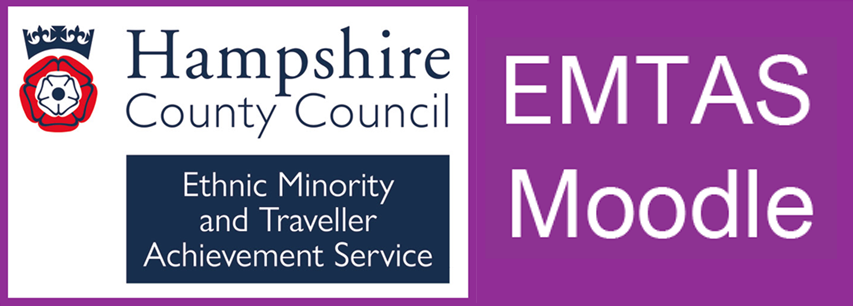Site blog

Pairing up new arrivals with pupils who speak the same language is a good way of alleviating the anxiety of the first few weeks when everything is new, different and sometimes overwhelming. Coping in an unknown language for academic as well as social purposes over long periods of time is extremely tiring.
Newly-arrived pupils need appropriate support as they adjust to their new surroundings and routines and it makes complete sense to allow pupils to learn school routines, meet new friends and settle in at school through a language that is familiar to them. It also makes sense for pupils to engage with their learning through first-language, as anything that is cognitively challenging can then be discussed more easily and in greater depth. In short, first-language is an asset and a useful tool for learning as well as for settling in – so much so that for some, it might appear reasonable to ask bilingual pupils to interpret in all sorts of situations.
The use of children and young people as interpreters
There is limited guidance on the use of children and young people as interpreters at school and limited research around this theme, especially in the UK. What we do know is that ‘child interpreting’ is an underestimated role. Somehow, children and young people rarely have any concept of what a fantastic skill they have. What we also know is that whilst some feel extremely proud of being able to support their family through interpreting, others may perceive this to be a burden.
This is the case particularly when children and young people are requested to interpret in situations where the language and concepts involved are too difficult or unfamiliar for them to understand and relay accurately. Research also suggests that in the context of lessons, child interpreters are comfortable interpreting for routine tasks that require everyday language but struggle to interpret for new concepts where the language is more demanding due to its academic nature.
So, is it fair to ask Kacper to translate photosynthesis into Polish for us?
Some pupils who have been to school in their home country and studied this subject already may be quite confident to do so. However, more often than not learners will rely on English keywords when discussing their work in first language. Therefore, we should be careful not to assume that children and young people can cope with the language demands of the classroom to such a degree than they can replace bilingual assistants, professional interpreters and good quality, EAL-friendly teaching and learning. This is not to say that Kacper can’t help. In fact, he would benefit from his school setting up a peer-buddying programme such as the award-winning Young Interpreter Scheme®.
Young Interpreter Scheme
The Young Interpreter Scheme® is a successful, low-cost, self-sufficient framework consisting of training for learners aged 5-16, designed to skill them up to help new arrivals with English as an Additional Language feel welcome and settled in their new school environment. It supports pupils by giving them the tools to use their qualities and language skills effectively to help other pupils. The scheme also upskills school practitioners in charge of delivering the scheme thanks to guidance informed by research, self-explanatory resources and interactive e-learning material. These resources enable Young Interpreter Coordinators to train pupils and guide them in their role whilst preventing them from being used in inappropriate scenarios. The Young Interpreter Scheme® provides very clear guidance on the situations where pupils should be operating. For example, showing non-English speaking visitors around the school, buddying with new arrivals during breaks and lunchtimes and demonstrating routines, not interpreting for concepts in the classroom.
The Young Interpreter Scheme® gives children and young people who, like Kacper, interpret on an ad hoc basis, real recognition of their skills through a high-profile role defined, by clear parameters which ensure their safeguarding. Through this, the scheme also sends positive messages about multilingualism. This impacts pupils’ sense of identity and belonging at school, their relationships with pupils from other language groups as well as their leadership skills. The Young Interpreter Scheme® also provides a stepping stone to pupils who may like to consider interpreting as a career in the future.
To find out about how your school can set up the Young Interpreter Scheme®, visit the Hampshire EMTAS website and Moodle or head to Twitter and Facebook.
Astrid Dinneen is co-ordinator of the Young Interpreter Scheme.
Article first published in April 2017 by ATL https://www.atl.org.uk/latest/kacper-what%E2%80%99s-photosynthesis-polish
